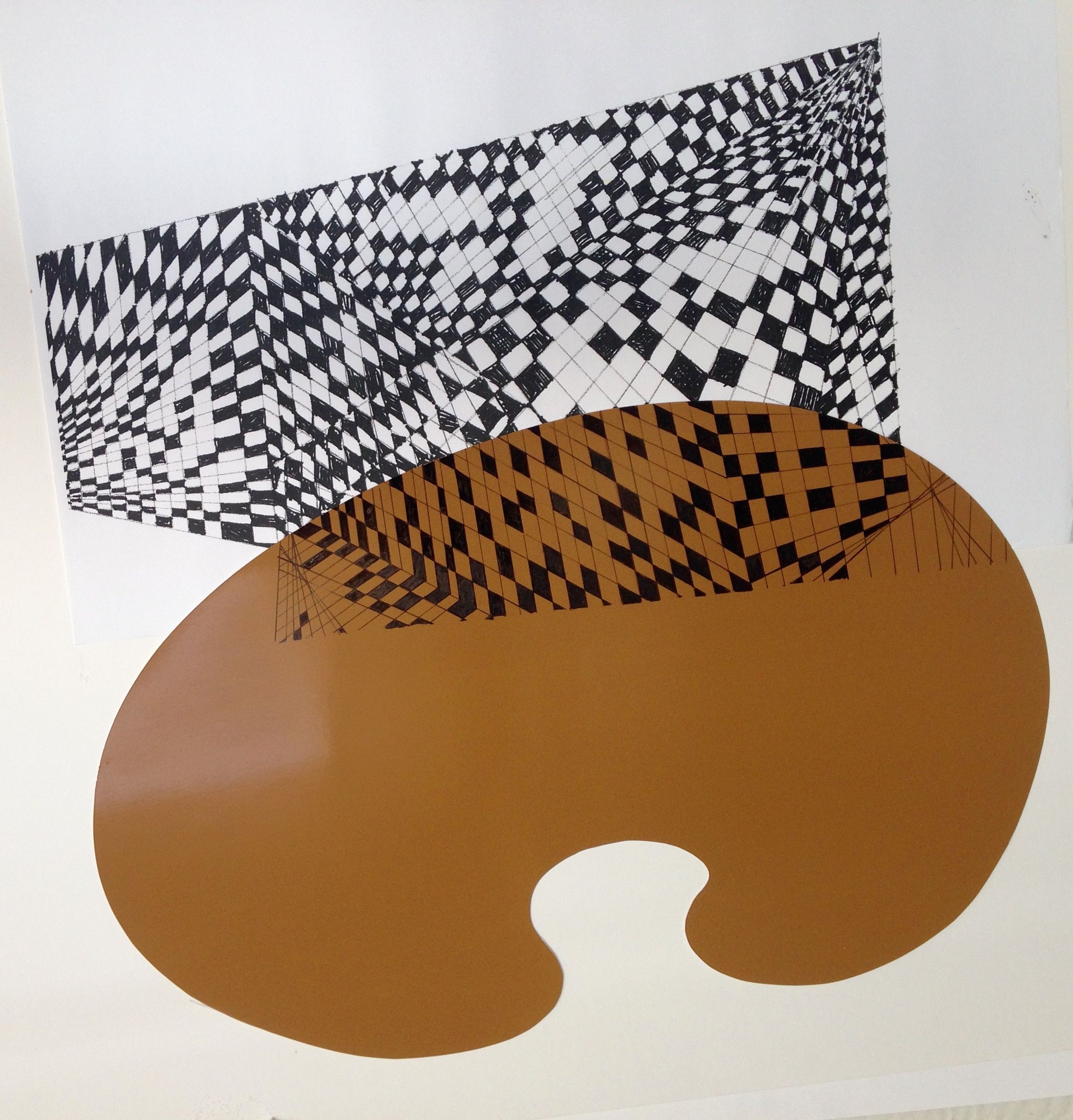FACING THE TANGIBLE
Rini Tandon’s artistic oeuvre addresses aesthetic and philosophical issues employing an impressive array of media: objects, sculptures, three-dimensional images, photographs and videos, in-situ installations, and interventions in the gallery space. The very different works in terms of form and materials nevertheless share a lucid intention: as artworks, they explore the charged realms between perception and cognition, between presence and absence, between negation and addition, between illusion and reality, between material and medium, and between narrative and form.
Tandon’s authentic artistic research engages with the, at first glance difficult, endeavour to transform abstract models of thought into a direct physical experience. Her works convey the cognitive moment of “knowing” in a complex sensual form, rendering this moment tangible and perceptible without either illustrating or describing it.
The objects, paintings, videos and installations in the exhibition with the programmatic title Facing the Tangible provide information on the meticulous aesthetic research process, which the artist undertakes for her exploration of sensual perception (e.g. Same Time Triple, 2003-2014) and reflection (e.g. Reflection Board, 2013). She engages with topics from the realm of the natural sciences, physics, such as the space-time dimension (e.g. Imperceptible States) or physical states (e.g. Fluid Attributes, 1999), where the observer’s standpoint and central perspective are permanently challenged, where thought models are transformed into two-, three- or four-dimensional objects and tablets (e.g. Reflection Board, 2013).
People, their vision, physicality and perception, manifest themselves in Rini Tandon’s work as significant absences (e.g. In my absence they entered my home, 2012-2015). She integrates this absence as the blindspot in the perception without which, however, what is there cannot be “understood”. So the artist’s own feet (Anthology of a Walk, 2012-2016) and hands (Catching the Sun, 2012-2016) appear, almost always ghost-like, in x-ray photographs, colour negatives (Home Laboratory, 2000) and as projections on a given backdrop (Rendering, 2012-2016). Or the artist photographs the hands of a child as the shaping elements, which will leave their imprint behind on materials and media in the future (e.g.In the Nature of Things, 2012-2015).
So the traces, the bodies — human and not human — left in the world are an essential element in Tandon’s works. She freezes these traces, which allude to things past, things not-present, as fragile objects (Processing the Line, 2009) or lacquer drawings. (Transformers/Transducers, 2007-2010) for viewers in an imaginary future.
(Katharina Gsöllpointner, January 2017)
